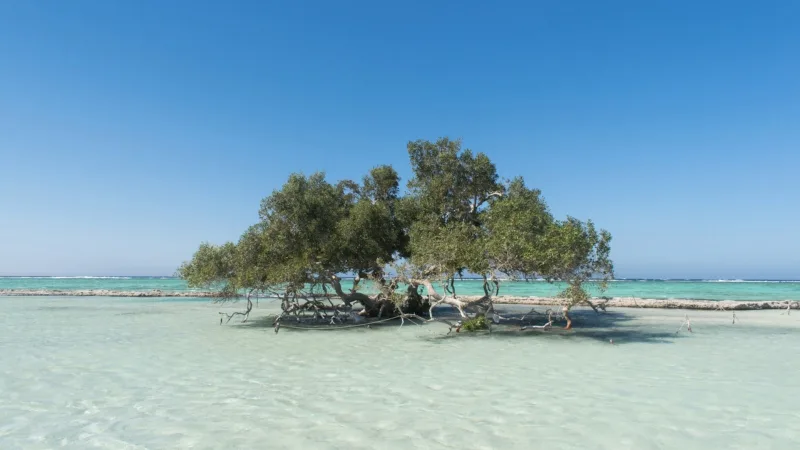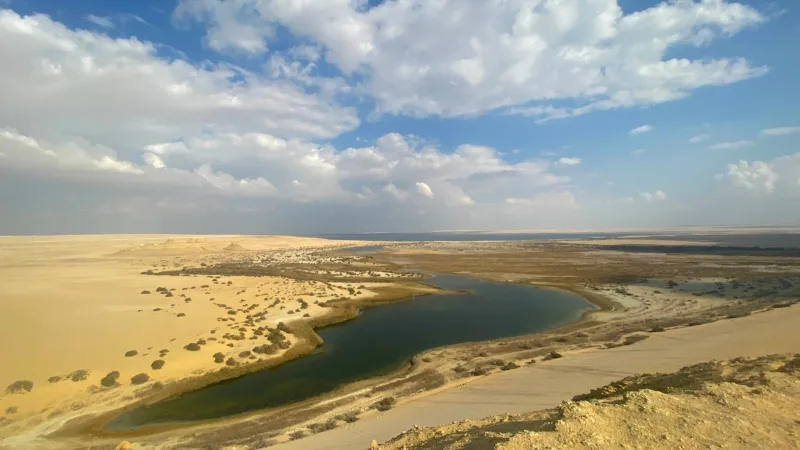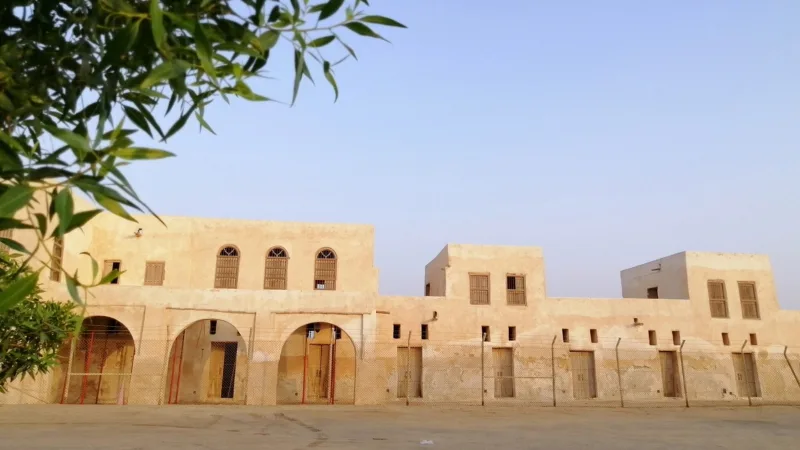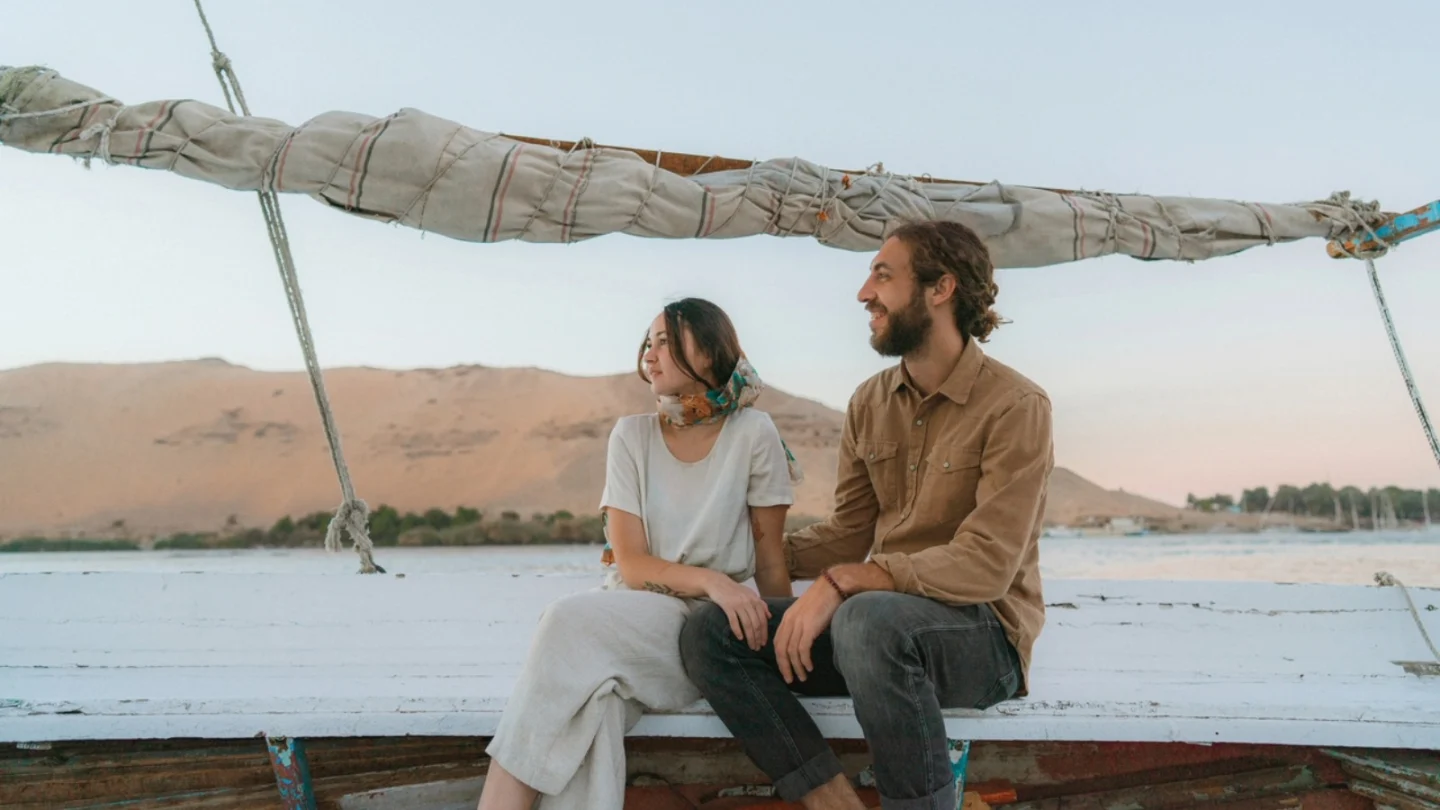Egypt is known for its world-famous landmarks—the pyramids, the Sphinx, the Nile—but beyond these iconic Egypt attractions lies an entirely different side of the country: peaceful oases, untouched temples, remote beaches, and ancient wonders hidden in plain sight.
In this article, we explore 5 hidden attractions in Egypt that remain off the typical tourist trail. Each destination offers a unique blend of nature, culture, and authentic Egyptian character. Whether you’re planning a cultural escape or a nature-filled adventure, these spots deserve a place on your itinerary.

1. Siwa Oasis – Egypt’s Desert Paradise
Deep in Egypt’s Western Desert lies Siwa Oasis, one of the most enchanting and isolated Egypt attractions. Surrounded by endless dunes, shimmering salt lakes, and lush palm groves, Siwa feels like a world frozen in time. The oasis preserves a unique Amazigh (Berber) culture, visible in its traditional mud-brick architecture, language, and centuries-old customs. Travelers come here for its natural hot springs, healing salt pools, and serene landscapes untouched by mass tourism. Whether you’re exploring the Temple of the Oracle, biking through date farms, or watching sunset from Dakrour Mountain, Siwa offers an atmosphere of purity and authenticity that few destinations can match.
In addition, Siwa is famous for its local culinary traditions. Visitors can taste fresh dates, olives, and traditional dishes prepared with local herbs and spices. The vibrant marketplace is a hub for handmade crafts and jewelry, offering souvenirs that reflect Siwa’s rich heritage. Nighttime brings a magical starlit sky over the desert, making camping or overnight desert excursions an unforgettable experience.
Key attractions include the Temple of Amun and ancient tombs in Siwa, the Black Desert and salt lakes in Bahariya, and the stunning mushroom-shaped rock formations in the White Desert. Other notable sites are the Valley of Agabat and Crystal Mountain, which offer unique geological formations and breathtaking landscapes.

2. Wadi El Gemal – The Valley of the Camels
Wadi El Gemal National Park, located south of Marsa Alam, is one of the most diverse and under-discovered Egypt attractions. Stretching across desert plains, rocky mountains, mangrove forests, and turquoise shores, the reserve shelters rare wildlife such as Nubian ibex, wild camels, and migratory birds. Its coastal region boasts coral reefs as beautiful as those in the Red Sea’s most famous dive spots—yet without the crowds. The park also contains ancient Roman ruins, emerald mines, and Bedouin settlements that reveal stories thousands of years old. With its untouched natural beauty and cultural depth, Wadi El Gemal is a dream destination for eco-travelers and adventurers seeking the wild side of Egypt.
The park is also a prime location for photography and nature studies. Sunrise over the desert mountains paints golden hues across the landscape, while nightfall brings spectacular star-gazing opportunities. Local guides offer tours that highlight the flora, fauna, and geology of the area, ensuring that visitors leave with a deeper appreciation of Egypt’s natural treasures.
Yes — the waters are calm, clear, and perfect for first-timers.
Customize Your Dream Vacation!
Get in touch with our local experts for an unforgettable journey.
Plan Your Trip
3. Lake Qarun & El Fayoum– Nature, History, and Peace
Just south of Cairo lies El Fayoum, one of Egypt’s oldest continually inhabited regions and home to the beautiful Lake Qarun. Fringed by desert cliffs, fertile farmland, and tranquil villages, it offers a unique blend of nature and heritage. Travelers can explore ancient temples, pottery markets, waterfalls in Wadi El Rayan, and fossil-rich deserts like Wadi Al Hitan. The area is famous for birdwatching and is a haven for migratory species traveling between Africa and Europe. Unlike Egypt’s busy tourist hubs, El Fayoum offers slow-paced beauty, local hospitality, and authentic rural charm that make it one of the most refreshing Egypt attractions.
In addition, El Fayoum has a growing arts and cultural scene. Local workshops and galleries showcase contemporary Egyptian artists, while traditional music performances and folklore festivals are hosted during seasonal celebrations. Visitors can enjoy boat rides on Lake Qarun or take relaxing walks along its shores, fully immersing themselves in the serene environment.
A: Approximately 90 minutes by car.

4. The Colored Canyon – Sinai’s Natural Masterpiece
Hidden in the mountains near Nuweiba, the Colored Canyon is one of the most breathtaking geological wonders among lesser-known Egypt attractions. Over millions of years, wind and water carved its sandstone into swirling patterns of gold, red, pink, and violet. Walking through its narrow corridors feels like navigating a natural cathedral sculpted by time. The canyon offers both adventure and peaceful beauty: tight passages, towering walls, and endless opportunities for photography. Its surreal colors and dramatic formations surprise even seasoned travelers. The journey to reach it—passing through desert trails and Bedouin villages—is part of the unforgettable experience.
Beyond its striking colors, the canyon is also home to small desert flora and fauna unique to the region. Visitors may spot rare reptiles, desert birds, and hardy plants thriving in the sandstone crevices. Camping nearby allows travelers to experience the silence of the Sinai desert and witness stunning sunrises and sunsets over the canyon walls.
A: Yes, guides are recommended for safe navigation and transport.

5. Deir El-Muharraq – Egypt’s Sacred Mountain Haven
Nestled at the foot of Mount Al-Qoskam near Assiut, Deir El-Muharraq is one of Egypt’s holiest and most historically significant Christian sites. Believed to be a refuge for the Holy Family during their journey through Egypt, the monastery is often called the “Second Bethlehem.” Visitors experience an atmosphere of deep peace, ancient rituals, and spiritual continuity spanning centuries. The complex includes churches, manuscripts, icons, and chapels dating back to early Christianity. Away from the typical tourist paths, Deir El-Muharraq stands as a profound reminder of Egypt’s diverse religious heritage and remains one of the most meaningful Egypt attractions for cultural travelers.
The surrounding area offers quiet hiking trails and panoramic views of the Nile Valley, allowing visitors to reflect and meditate in nature. Pilgrims and tourists alike often participate in guided tours, workshops, and religious festivals, experiencing firsthand the spiritual traditions that have been preserved for generations. Its tranquil environment makes it a rare sanctuary amid Egypt’s bustling cities.
A:Yes, it is open year-round, but visitors should respect local religious practices and dress modestly.
Plan your journey through Egypt’s hidden gems. To explore these Egypt attractions with comfort and expertise, book your trip with Memphis Tours. Their local specialists create custom itineraries that include both iconic landmarks and lesser-known treasures. Start planning your Egypt Travel Package

